Industrial Photography for JP Knight
A month after doing the aerial photography assignment for JP Knight, it was time to do the second part of the project which involved industrial photography. The plan was to follow the crew under normal working conditions and document their activities in a photojournalistic style. So there would be no planned shots, no posing or directing and no extra lighting and other fancy equipment. We just wanted to show the crew doing their job as realistic as possible.
While planning I already knew that the most challenging aspect of this assignment would be to stay out of the crew’s way while doing my work and not distract them. And this proved to be true on the day of the assignment. In certain locations it wasn’t always easy not to stand in the way of the crew and get good shots. But as it turned out, this would be the least of my concerns. A bigger issue on that day was the bad weather.
In the days leading up to the assignment I was constantly worried about the weather. We were in the rainy season and it was raining almost every day. And on the day of the assignment, while it seemed like we’d have good weather in the morning, as the time of the shoot drew near the weather got worse. JP Knight’s Operations Manager assured me on the phone that the weather was great at their location, even though it looked bad where I was in Paramaribo. But by the time I arrived on location a few hours later, the weather over there wasn’t looking very good either. And half an hour after I started working, it got very bad really fast.
Without a doubt this was the most challenging assignment I’ve done in my entire photography career up till now. At one point I found myself standing in the rain getting soaking wet, with strong winds blowing in my face, while I could barely keep my eye on the viewfinder of the camera. I had little choice as there were some important shots that I just couldn’t miss. So I would hide inside the bridge of one of the tugboats I was on, and look out the window at the situation outside, and when I noticed an opportunity coming up for a good shot, I’d go outside again in the rain and try to take a few shots and then run back in. But this was just during those moments where we had very heavy rainfall; when we had very light rain I was outside working alongside the crew.
Raindrops sticking to the front element of the lens often made it difficult to work and as if that wasn’t enough, my lenses fogged up too causing me to almost miss an important shot. The problem was that the air-conditioning inside the bridge was turned on, and the temperature there was much cooler compared to outside. So when I’d run in to hide from the rain for a moment, my cameras and lenses would get colder, and when I went out again in the rain the lenses fogged up and I couldn’t see anything anymore through the viewfinder. The only option I had was to stand outside, waiting for the fog inside the lenses to disappear, which thankfully took just a few minutes. Fortunately as the assignment progressed, the rainfall got lighter until it stopped raining during the final hours of the assignment.
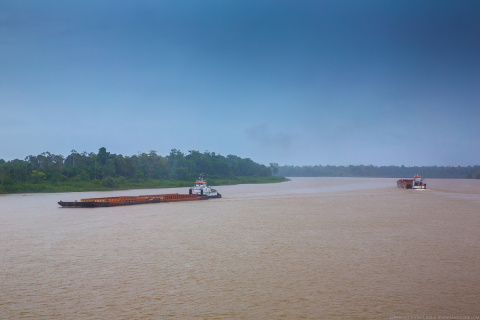
I wouldn’t be able to get this shot if I didn’t stand outside in rather strong winds and heavy rain. Afterwards, JP Knight included this photo in their final selection because it shows a rare situation of two convoys together, one arriving and one leaving. During the assignment I knew this was one of the important shots I just had to take no matter the terrible conditions.
However half way through the assignment, I had to deal with an even bigger problem: one of my cameras started to malfunction. In what is certainly going to be a moment that I’ll remember for the rest of my life, I remember trying to capture a continuous burst of shots, when I heard the shutter clicking just once. I immediately knew something was wrong, and I hoped it was due to the memory card being full. But when I looked at the back LCD and saw one of the dreaded Canon error codes, for a brief moment it was as if time stood still. I stared at the error code on the LCD screen while my mind tried to fully comprehend the disaster I suddenly found myself in. Meanwhile everything around me was happening in slow motion, slowly picking up speed again until finally, after a few seconds which seemed more like minutes, my brain got back to real-time processing of sensory input. I’m exaggerating, of course, but having a camera die on me during an assignment is one of my worst nightmares.
I had a look at the top LCD of the camera and I could see that a little water somehow got into the body. There was a little bit of fluid visible below the glass of the top LCD screen. I suspect that water got inside through what Canon calls the “main dial” right in front of the shutter button. Canon lists the 5D Mark III camera body as being weather sealed, with rubber gaskets around all the buttons including the main dial to keep water from entering the body. But since Canon apparently doesn’t offer any warranty coverage for water damage to the body, I guess it should have been obvious that the reliability of the weather sealing is very questionable. This is what Canon’s marketing department wants us to believe:
Phenomenal Performance in Any Condition
Magnesium alloy body with shutter durability and dust- and weather-resistanceFor professionals who demand nothing less than the best, the EOS 5D Mark III is designed to perform superbly, even in the most treacherous environments, every time. The body is constructed of rigid, high-strength magnesium alloy for rugged performance and features a new grip design for easier finger placement and reduced hand fatigue. Its newly redesigned shutter has lightweight and carbon-fiber blades, and is rated to maintain up to 6.0 fps performance without compromise, for up to 150,000 cycles. The EOS 5D Mark III and accessories like the new Wireless File Transmitter WFT-E7A and GPS Receiver GP-E2 have extensive gasketing for improved dust and water resistance, even at their connection points.
The most treacherous environments huh? I guess the environment I was in must have been even worse than what Canon calls “most treacherous” (and I seriously doubt that). A quick search on Google reveals that many people have had issues with the 5D Mark III weather sealing even in light rain. Here’s a thread on dpreview for example. While the built-in weather sealing might help a little, it appears to be more marketing fluff than being actually reliable. Admittedly I did simultaneously work with two 5D Mark III bodies during this assignment, in the same conditions, and the other body performed well during the whole assignment and no water got inside of it. So it might have been due to “sample variation”; perhaps the sealing on the malfunctioning body wasn’t done very well in one particular area. I don’t think Canon even tests the weather sealing for every body they make to ensure it really seals the body well against water either. So the only way you’ll find out if it’s really working is if you’re out on assignment, like in my case.
After it was clear to me that the camera would keep malfunctioning after some quick tests, I handed it over to my assistant to store it, and continued working with just one camera. Although I felt bad about having to experience this kind of a set-back during an important assignment, I also felt glad that I’ve always been shooting with at least two camera bodies at the same time, so that I could have a backup precisely for when such situations would occur. This just goes to show that you can never be too prepared for an assignment, that you should always have backups and always try to plan for the worst case scenarios. It also shows that you had better buy a rain cover for your Canon camera bodies and lenses because Canon’s weather sealing can’t be trusted.
I have to admit that initially I didn’t like the fact that we didn’t have perfect weather during this assignment, but later when I was editing the photos I thought that the weather really added to the dirty and rough industrial environment we were in. The clouds in the sky also give some of the photos a moody and dramatic look. It also shows the kind of difficult conditions that the crew at JP Knight is able to work in. It’s a big contrast with the photos taken during the aerial photography assignment, which were more about nature and the beauty of the environment, while the photos taken during this assignment are more about the gritty looking industrial environment. I think both assignments combined show the range of different circumstances that JP Knight operates in.
For the photographers reading this, here’s the equipment I used on this assignment: two Canon 5D Mark III bodies (initially, at least), the Canon EF 16-35mm f/2.8L II lens and the Canon EF 24-70mm f/2.8L II lens. This was one of those assignments where it was a huge plus to have an ultra wide angle lens on a full frame body.
And finally, regarding the malfunctioning 5D Mark III body: when I got back home I immediately took it out of the bag and wiped it with a dry cloth. I removed the battery and put the camera inside a small plastic container with an airtight cover, along with one canister of silica gel (I used this one) to absorb all of the moisture from the camera. I left it like that for a day, and when I took it back out, inserted the battery and turned it back on, it magically started working normally again. And to this day it still works as if nothing happened to it. 🙂
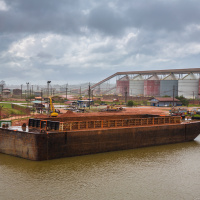 Industrial Photography for JP Knight — One of the empty barges
Industrial Photography for JP Knight — One of the empty bargesIndustrial Photography for JP Knight
One of the empty barges
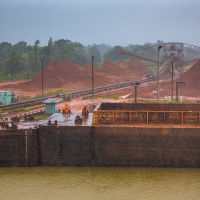 Industrial Photography for JP Knight — The crew busy in the rain connecting the two barges
Industrial Photography for JP Knight — The crew busy in the rain connecting the two bargesIndustrial Photography for JP Knight
The crew busy in the rain connecting the two barges
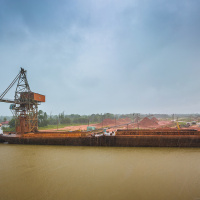 Industrial Photography for JP Knight — This is why it's good to have a 16mm lens on a full frame body
Industrial Photography for JP Knight — This is why it's good to have a 16mm lens on a full frame bodyIndustrial Photography for JP Knight
This is why it's good to have a 16mm lens on a full frame body
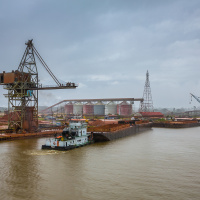 Industrial Photography for JP Knight — The tug Kenley leaving with two empty barges
Industrial Photography for JP Knight — The tug Kenley leaving with two empty bargesIndustrial Photography for JP Knight
The tug Kenley leaving with two empty barges
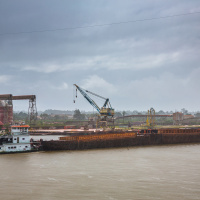 Industrial Photography for JP Knight — Departing in heavy rain
Industrial Photography for JP Knight — Departing in heavy rainIndustrial Photography for JP Knight
Departing in heavy rain
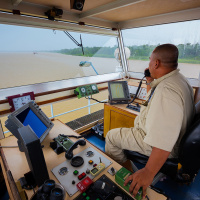 Industrial Photography for JP Knight — On the bridge of the tug Kutari
Industrial Photography for JP Knight — On the bridge of the tug KutariIndustrial Photography for JP Knight
On the bridge of the tug Kutari
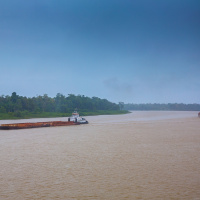 Industrial Photography for JP Knight — While the Kenley leaves with empty barges, another tug arrives with loaded ones
Industrial Photography for JP Knight — While the Kenley leaves with empty barges, another tug arrives with loaded onesIndustrial Photography for JP Knight
While the Kenley leaves with empty barges, another tug arrives with loaded ones
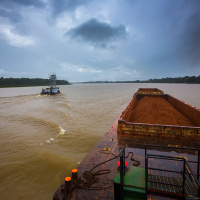 Industrial Photography for JP Knight
Industrial Photography for JP KnightIndustrial Photography for JP Knight
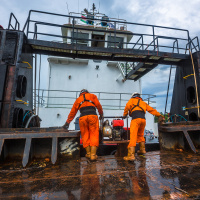 Industrial Photography for JP Knight
Industrial Photography for JP KnightIndustrial Photography for JP Knight
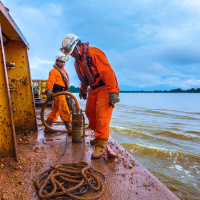 Industrial Photography for JP Knight
Industrial Photography for JP KnightIndustrial Photography for JP Knight
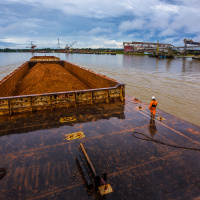 Industrial Photography for JP Knight
Industrial Photography for JP KnightIndustrial Photography for JP Knight
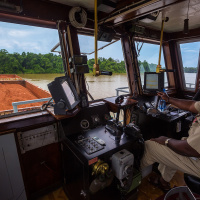 Industrial Photography for JP Knight
Industrial Photography for JP KnightIndustrial Photography for JP Knight
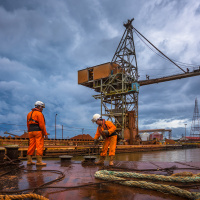 Industrial Photography for JP Knight
Industrial Photography for JP KnightIndustrial Photography for JP Knight
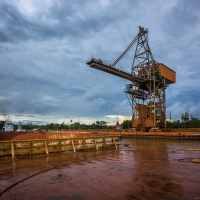 Industrial Photography for JP Knight
Industrial Photography for JP KnightIndustrial Photography for JP Knight
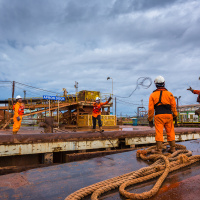 Industrial Photography for JP Knight
Industrial Photography for JP KnightIndustrial Photography for JP Knight
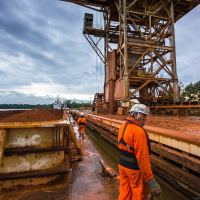 Industrial Photography for JP Knight
Industrial Photography for JP KnightIndustrial Photography for JP Knight
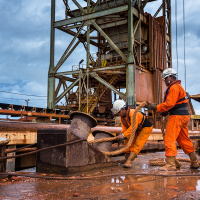 Industrial Photography for JP Knight
Industrial Photography for JP KnightIndustrial Photography for JP Knight
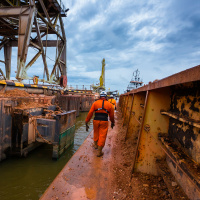 Industrial Photography for JP Knight
Industrial Photography for JP KnightIndustrial Photography for JP Knight
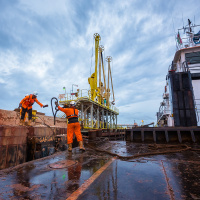 Industrial Photography for JP Knight
Industrial Photography for JP KnightIndustrial Photography for JP Knight
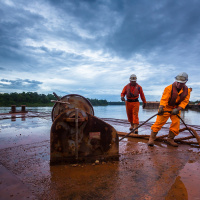 Industrial Photography for JP Knight
Industrial Photography for JP KnightIndustrial Photography for JP Knight
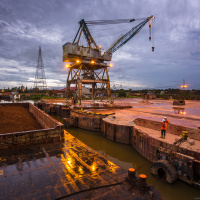 Industrial Photography for JP Knight
Industrial Photography for JP KnightIndustrial Photography for JP Knight
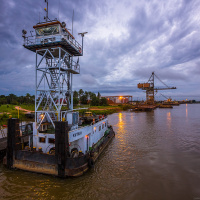 Industrial Photography for JP Knight
Industrial Photography for JP KnightIndustrial Photography for JP Knight
Updates
20/5/2014
I received a client testimonial from JP Knight regarding this assignment; click here to read it.
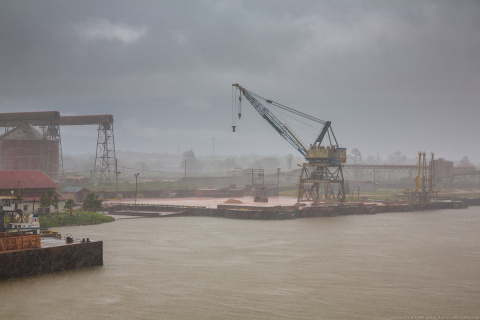
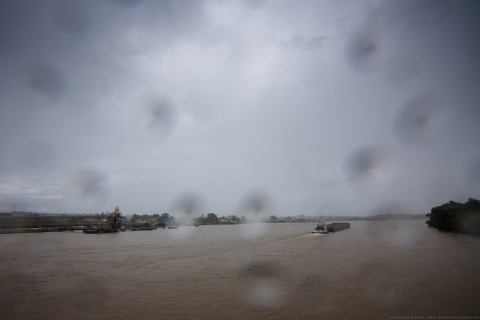
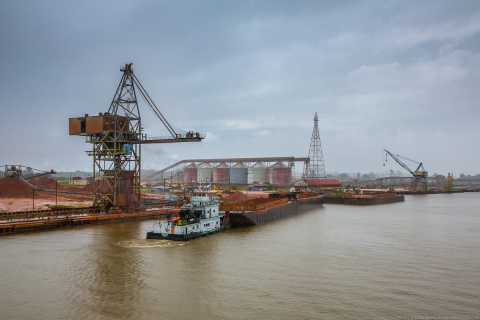
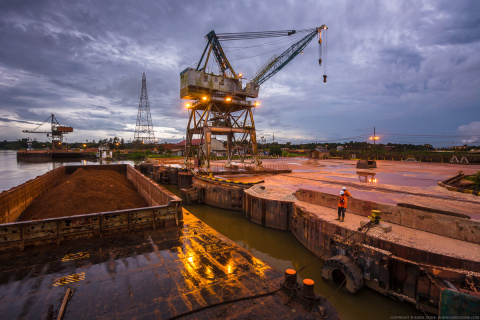

Comments
There are 0 responses. Follow any responses to this post through its comments RSS feed. You can leave a response, or trackback from your own site.